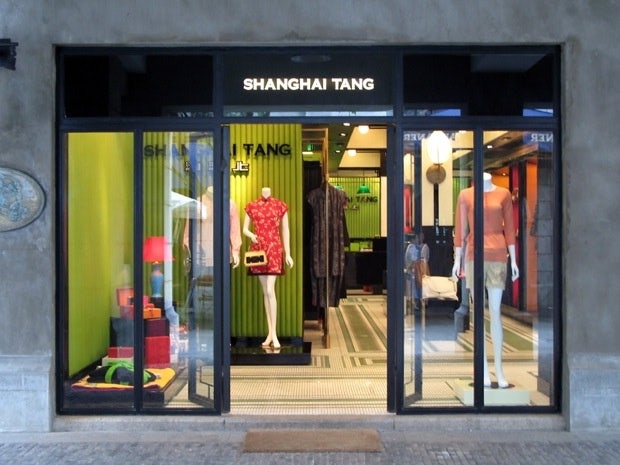With the rise of a "designed-in-China" over "made-in-China" mindset and growing Chinese pride in local designers, brands such as Shanghai Tang are looking to cash in on that wave. Bloomberg interviews Raphael le Masne de Chermont, CEO of Shanghai Tang, on the challenges faced and the strategies the fashion house employs to capitalize on the rise of the Chinese consumer.
Shanghai Tang has recently been working on expanding in its "motherland," says le Masne de Chermont. "We spent the past two to three years to establish big stores."
Originally, after establishing themselves in Hong Kong and Asia, they expanded into Europe, the UK, and on to the United States. Though they opened a store in New York in the late 1990's, the store shut down two years later. Currently, the only store left in the United States is in Miami. While Shanghai Tang has had a non-stop U.S. presence since 1997, le Masne de Chermont says, "Truly, what we've learned from this distribution strategy is we have to go market by market, and open properly a true flagship store, and we didn't have that in New York in the past ten years."
Shanghai Tang keeps the global consumer's varied and evolving tastes in mind as it presents curated products embodying Chinese culture. Although the Chinese are their number one consumer globally, Shanghai Tang targets the international consumer. "With China in particular, the Chinese are more and more well-traveled, and they will merge in their tastes with the rest of the world," says le Masne de Chermont.
While historically the Chinese have preferred European or Western luxury brands, le Masne de Chermont sees the rise of Chinese pride as to why the Chinese are looking to Asian brands more.
"They had no choice; there was no Chinese luxury brand," says le Masne de Chermont, and says that since the Beijing Olympics of 2008, there is a sense of pride in supporting Asian brands amongst increasingly discerning Chinese consumers.
